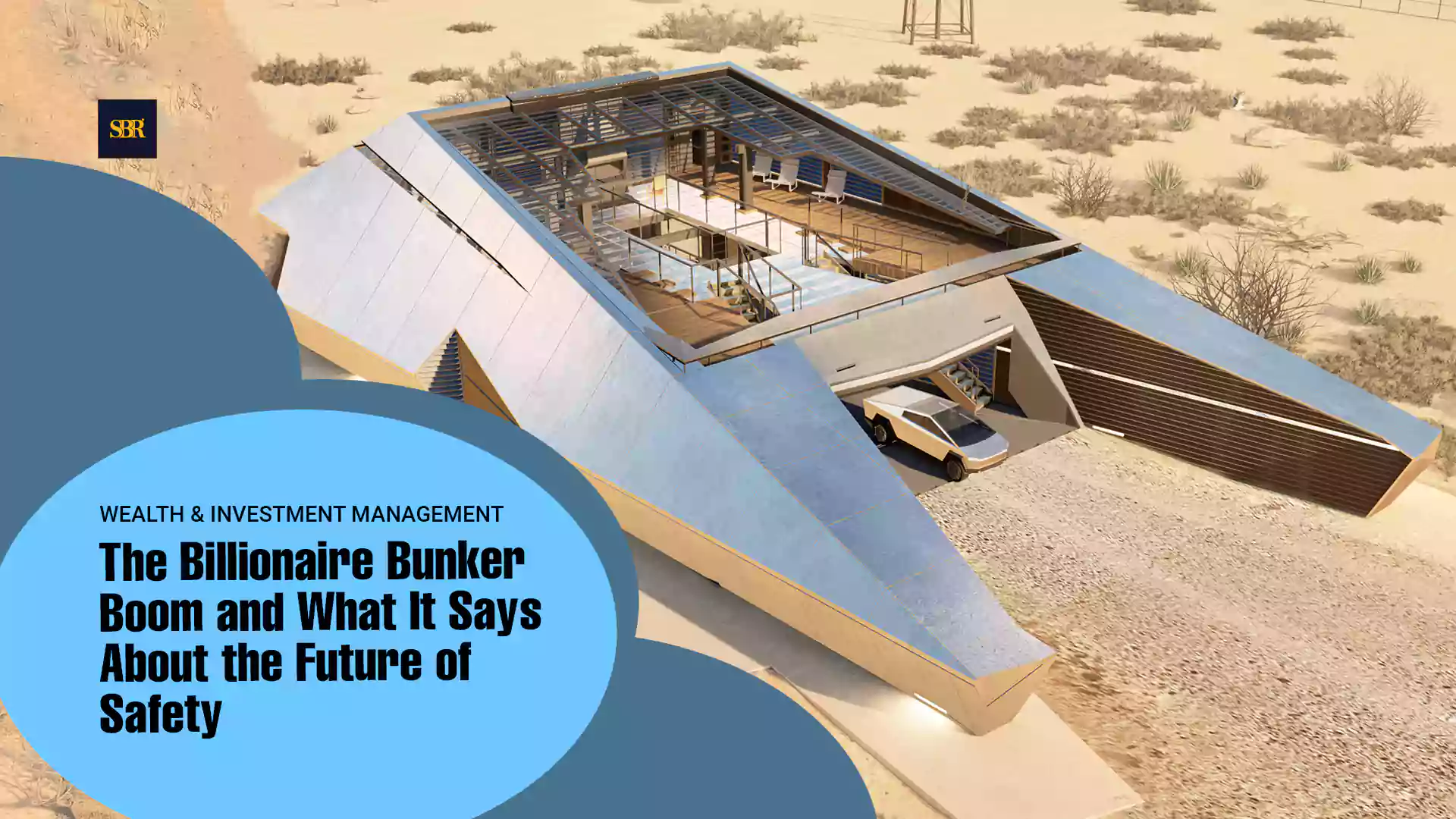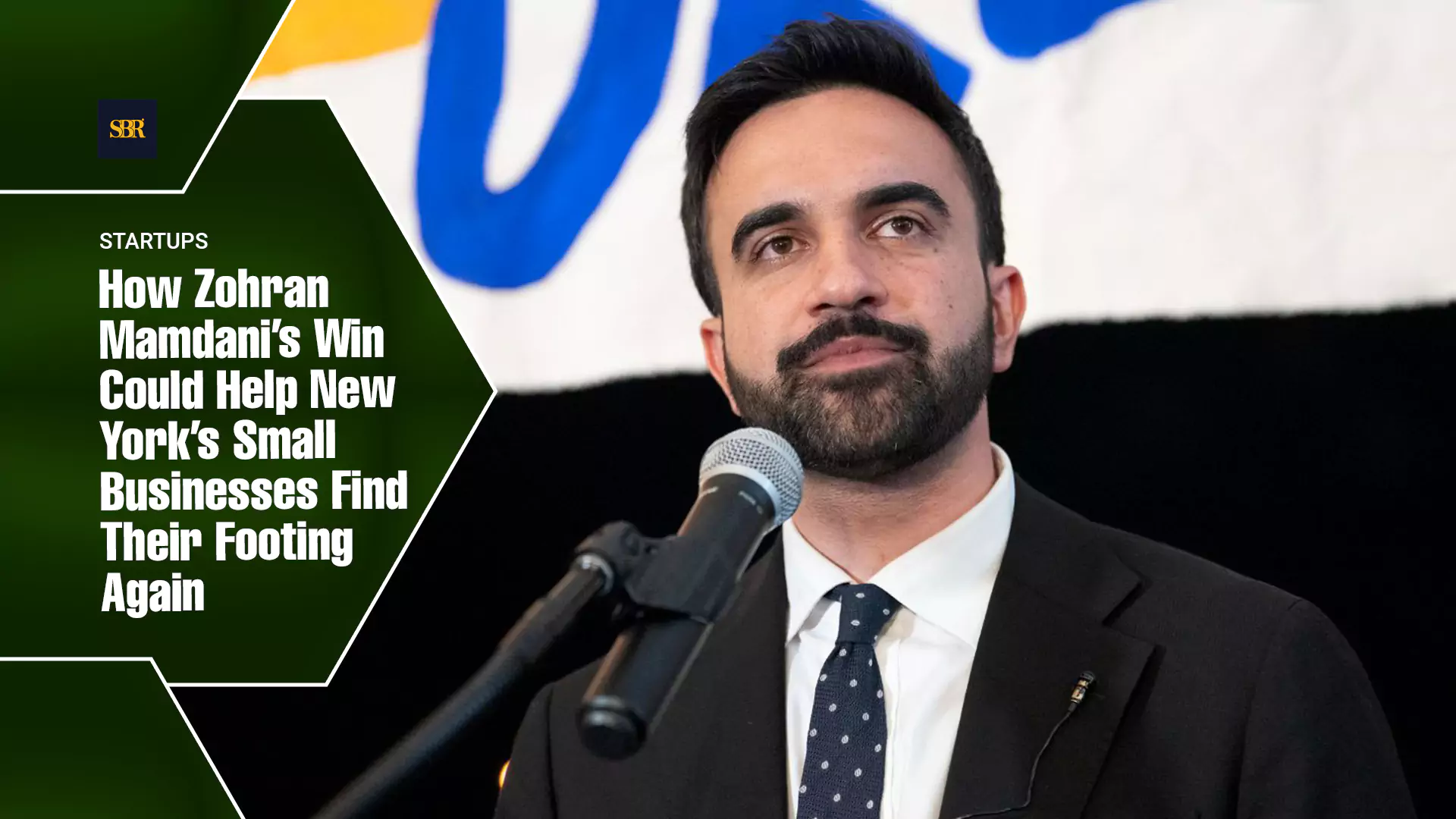The Billionaire Bunker Boom and What It Says About the Future of Safety
For the wealthy, survival has become the latest form of luxury. Behind reinforced doors and underground gardens lies a story about fear, privilege, and control.

(Photo: SBR)
NEW YORK, Oct. 31, 2025 — For decades, bunkers were symbols of war and paranoia. Concrete shelters buried under fields, stocked with canned food and flashlights, belonged to another era. Today that image has changed. Across New Zealand, the American Midwest, and remote corners of Europe, a construction boom is unfolding. Private bunkers now come with cinemas, gyms, spas, and wine cellars. The people buying them are not doomsday preppers. They are billionaires.
What are They Preparing For?
The question sounds dramatic, yet it is unavoidable. Why are the rich building underground fortresses while the rest of the world rebuilds above ground? The answer lies in fear and foresight. After years of global crises, from pandemics to political unrest, the wealthy have learned a simple lesson. When systems fail, money can buy distance. A bunker is not only a shelter, but also a statement that safety has become a private matter.
For many of these owners, the fear is not limited to natural disasters. It includes cyberattacks, social instability, and the possibility that wealth itself could become a target. Some see the bunker as insurance against uncertainty. Others treat it as an investment, much like gold or offshore property. It guarantees continuity when everything else feels temporary.
The Luxury of Isolation
If the last century was defined by towers that reached the sky, this one seems to be digging underground. Modern bunkers are not gray, concrete boxes. They are architectural feats designed for comfort and permanence. Many include hydroponic farms, libraries, art collections, and even pools. These are not shelters of survival but sanctuaries of lifestyle.
Companies that build them market safety as elegance. They promise security without sacrifice. The result is a new category of living where exclusivity meets endurance. A luxury bunker is less about hiding from disaster and more about living well while the surface world struggles.
The New Divide
A Symbol of Power: The modern bunker has become more than a refuge. It is a display of dominance. Where luxury once meant penthouses with skyline views, it now extends beneath the ground. The ability to build a private world that functions independently of society signals a new kind of influence. It tells the world that the owner does not have to rely on anyone, not on governments, not on neighbors, not on shared systems.
This form of self-sufficiency shows how power has changed. It no longer needs to be visible or celebrated through extravagance. The elite now express control through distance and privacy. The bunker becomes the ultimate form of ownership, where even the air and water supply belong to one person. For those who can afford it, independence has become the highest expression of wealth.
Power has always found ways to draw its boundaries. In this age, the boundary is made of concrete, steel, and silence. The message is clear. When the surface feels unstable, those with means can disappear beneath it and wait for the world above to begin again.
A Reflection of Fear: The rise of the bunker reveals not only wealth but anxiety. Each one represents the fear that the systems meant to protect society will fail. Climate change, unrest, and digital disruption have made security feel fragile. For the very rich, retreat is the ultimate safety plan. Yet behind every reinforced door is the same unease shared by everyone else. The difference is that the wealthy can turn that fear into architecture.
These underground homes are built as much on emotion as on engineering. They are monuments to the human need for control. They do not promise happiness, only continuity. The comfort they offer is quiet, sealed, and deeply personal.
Can Safety Be Bought?
That question shadows every private refuge. A bunker can filter air and generate power, but it cannot buy connection or rebuild trust. It cannot replace the sense of shared safety that societies depend on. When the rich retreat underground, they may protect themselves from chaos, yet they also remove themselves from the communities that sustain them.
True safety has always come from cooperation. No amount of concrete can replace the strength of shared stability. The bunker promises protection but delivers separation. It protects the body while isolating the spirit.
The rise of luxury bunkers tells us as much about the present as it does about the future. It shows how security has become a commodity and how deeply inequality now defines the meaning of safety. When the idea of protection becomes private property, society as a whole grows weaker.
A bunker may offer protection from disaster, but it also shelters people from the very world that gave them something to protect in the first place.
Inputs from Diana Chou
Editing by David Ryder






